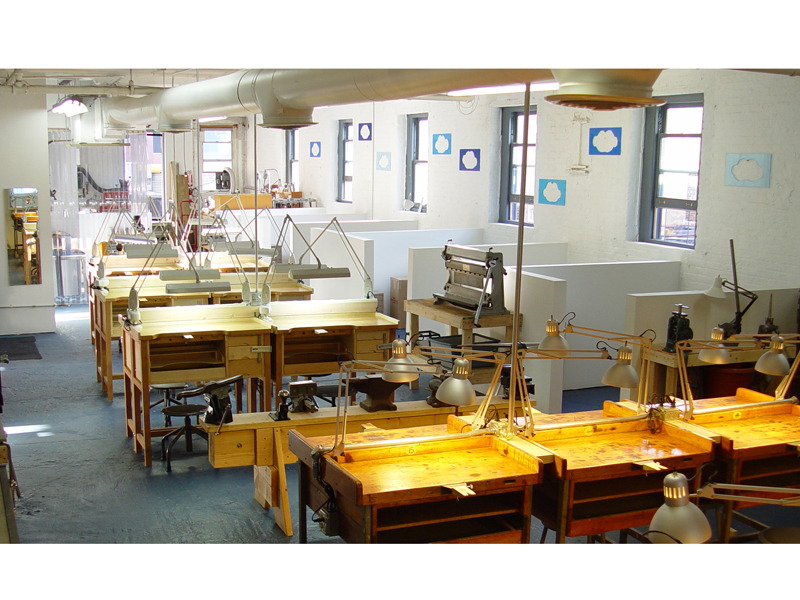
Brooklyn Metal Works (BKMW) is a metal art studio that offers space for rent for the development of work in the metalsmithing field, as well as offering concept-based classes and gallery space to promote artists, designers, and makers. BKMW aims to advance the field of metalsmithing and to further critical dialogue among those who practice, write, and invest time and energy into the field.
Sandra Wilson: What is your background, where are you from, and how did you end up in Brooklyn?
Brian Weissman: Both Erin and I have our MFAs in metal from SUNY New Paltz, which is also where we met. Before graduate school, I worked as an applications engineer for a light manufacturing company in the Bay Area, designing façade lighting and parking lot lights, and Erin worked as a goldsmith in her home state of Missouri.
When we moved to the city, both Erin and I also started teaching at the University of the Arts in Philadelphia and the 92nd St. Y in Manhattan. Brooklyn was where we had friends, and at the time it was much cheaper than Manhattan. We moved from the beautiful Hudson Valley and, in an attempt to keep Erin happy and in touch with nature, we moved a few blocks away from both the Brooklyn Botanical Garden and Prospect Park.
I’m curious about your name—why did you decide to focus on “metal works”?
Erin S. Daily: When we were discussing what we would be called, it was very important to us to incorporate several factors: location, material, and action. We chose “Brooklyn” to give our borough the credit it deserved as the location where art was happening. Manhattan has long had that privilege, but from our point of view, all the artists we knew were living and working in Brooklyn. We wanted to set ourselves apart from that history and represent who we are, where we live, and explore this new shift in scene. It should be noted that this name came before Brooklyn became a brand synonymous with everything artisanal.
Choosing “metal” came easily—we are metalsmiths. Our studio is dedicated to metal fabrication. We house tools and equipment that are very specific to our craft and wanted to reflect this in our name. In this era of contemporary jewelry, the dedication to metal almost seems a subversive act.
For the last part, “Works,” we used an active verb, which can also be a noun. A word that implies effort, movement, and purpose—actions that create results. To separate “Works” from “Metal” gives the word more agency, though most people want to combine the two. “Works” is a positive term, and has a productive and industrious quality. We half expected the name to already exist, and for it to have been in use for a hundred years. But it was just waiting for us. Though we do end up fielding calls about large-scale sheet-metal fabrication and fixing people’s gates on a regular basis.
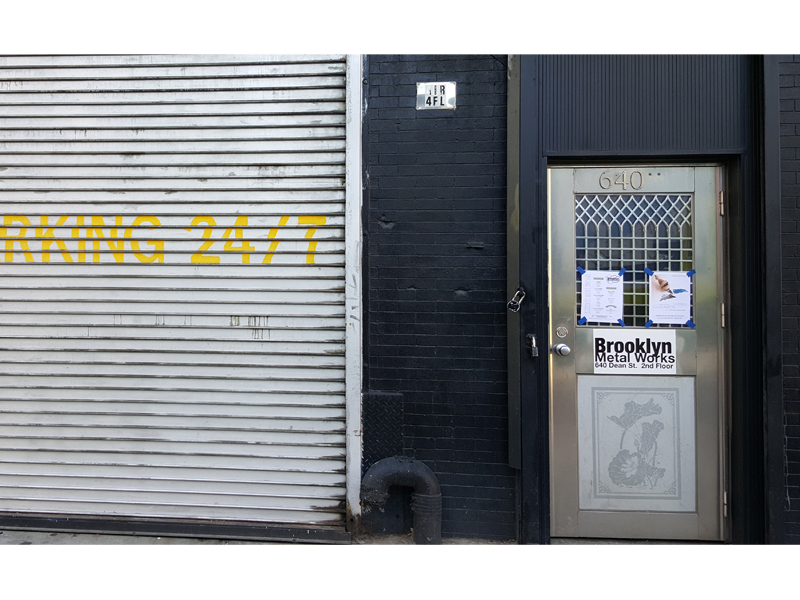
Who do you see as your main audience? And what services do you see yourselves providing?
Brian Weissman: Our goal has always been to reach a broader audience, to make connections through different media and mind-sets. While we work endlessly to connect metalsmithing and jewelry-making with science, history, art, politics, and the world around us, our strongest supporters have been jewelers from all corners of the world.
Erin S. Daily: It seems that the most important service we provide is as a conduit or connector for the larger jewelry and metalsmithing community. We bring together local and international artists. We share resources and ideas. We educate in the classroom and the gallery. The tools and equipment on site are just one part of a much larger experience. We exist to further a lot of different groups and individuals.
How do you manage the competing demands of making work, renting studio spaces, and running classes, workshops, and exhibitions?
Brian Weissman: It takes us both of a tremendous amount of effort and time to keep everything running smoothly. We are almost always working on BKMW-related projects, and as of the last few years we have had hardly any time to work on our own work. We’ve recently taken on some help, which has been great, but also comes with additional responsibilities. It’s not easy, but if you just wake up each day and work harder each day, eventually you die!
Erin S. Daily: Laughing helps. I just read what Brian wrote and it made me laugh until I was crying. Which is really how we do this. We work together, push each other, take care of each other, and still keep smiling. This hasn’t been easy, but it has been worth it, and doing this together makes it possible.
Do you encourage collaborations with colleges, other organizations, or galleries near you? If so, how?
Brian Weissman: The goal has always been to build partnerships that would be beneficial to everyone, and some organizations have really embraced working with us. Urban Glass is a great example. The education director there has been very willing to try joint classes that allow students to learn in both studios and from two great teachers. Often these types of partnerships begin with me sending a random email and hoping it will end up in the right inbox.
Erin S. Daily: Collaborations are really at the core of our value system. We created a shared studio space to facilitate just this occurrence. We work with other galleries to bring in artists for lectures. We offer classes in conjunction with other institutions. New York City is a living university, and to not take advantage of this wealth of resources would be such a loss. In this day and age, people come to expect varied cross-pollinations and unexpected hybrids. This fluidity is interesting and should be encouraged. In a larger sense, this idea is a way of embracing ongoing education—that there is always more to learn from other ways of thinking, other ways of making.
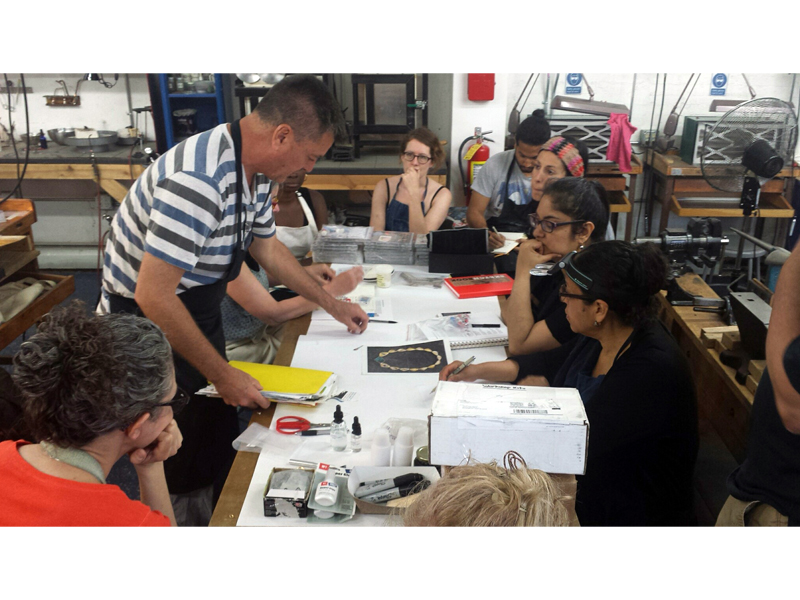
The business is four years old now—what have you learned in that time about running a center for metal artists?
Brian Weissman: We’ve learned that we don’t know much about anything and that you need to ask people questions—all the time. Almost every day we learn something new, and every day we absorb this new information and grow.
Erin S. Daily: That running a business should be as creative and dynamic an experience as making art. That no one person can or should do everything, and that utilizing your resources and hiring professionals is vital. That sharing experiences with others in the field is necessary to learn and grow. That nothing is permanently stable and that as long as you are okay with constant change, you can survive the ride.
You recently taught a class at The Metropolitan Museum of Art. Who was enrolled? What topics did the class cover?
Erin S. Daily: The Met offers a wide variety of studio courses that often coincide with their current exhibitions. I was asked to develop a workshop based on the exhibition Ancient Egypt Transformed: The Middle Kingdom. The idea was to help students create a contemporary piece of jewelry inspired by antiquity. The title of the course was “Statement Pieces,” and my solution was to look at hieroglyphs and compare them to today’s modern pictographs—emoji.
The workshop was held at The Met, and because many traditional metalsmithing processes were not allowed for fire safety and dust/particulate considerations, I chose to work with copper and brass sheet in conjunction with colorful acrylic sheet that could easily be pierced, layered, and riveted together. Combining metal with synthetic materials for their color has been a jewelry technique used since ancient Egyptian times, and so the overlap between eras worked well. The students were from very different backgrounds, though we all shared a love of jewelry. Many people had some familiarity with jewelry design, but few had hands-on experience. Overall it was a well-received workshop with a high level of participation throughout the learning process, and I am looking forward to offering a workshop like it again.
Do you see a potential connection with the current maker movement and the growth of 3D printing? Do you have this equipment in the studio?
Brian Weissman: 3D printers are tools with incredible potential. With that said, we are not interested in owning this type of technology. There is a huge upfront investment in this equipment, and it has a very short lifespan before becoming obsolete. The technology progresses so quickly. Combine this with the cost of upkeep, training on the equipment, materials, and repair—it’s just not a technology that a smaller organization like us can afford to have or keep current. At this point in our business, it would be fiscally irresponsible for us to own something like this, especially when you consider that there are about 50 places in the NYC area that can provide 3D printing service quickly, of high quality, and relatively inexpensively.
There are not many centers in the US that combine workshop, education, and exhibition space together—why was this three-pronged approach so important to you?
Erin S. Daily: Quite frankly, it just made sense. In the studio of our dreams, all of these aspects existed interdependent to the whole. In the actual way of things, no one part of the studio exists autonomously. Education is one step, making is another, and exhibiting is a final step before the process repeats. Unfortunately, in the larger world these parts are often fragmented in disadvantageous ways. It is important to us that people know where work like what we exhibit is made, hence the gallery next to the studio. Likewise, it is important for students to see how the skills they are learning are applied to finished works.

You organize around a dozen artist talks and five exhibitions a year. How do you decide who to show?
Erin S. Daily: The gallery component offers a platform to artists and curators who may not otherwise have much exposure in the US or New York. We choose shows based on the artists we think are making strong, interesting work. New voices and unexpected views are worth exploring. We consider the gallery a project space, where artists can experiment with ideas. We are open to anyone who makes thoughtful work, which is why we also have an open call for guest curators. We encourage participation in the field at all levels and are always looking to work with people who have interesting ideas and the energy to see them through.
The artist talks are built from a relationship we have developed with other contemporary jewelry galleries in the Northeast, artists who reach out while they are traveling, and our own show schedule. Being located in New York allows us to invite artists who happen to be traveling through the city and give them the opportunity to expand their audience.
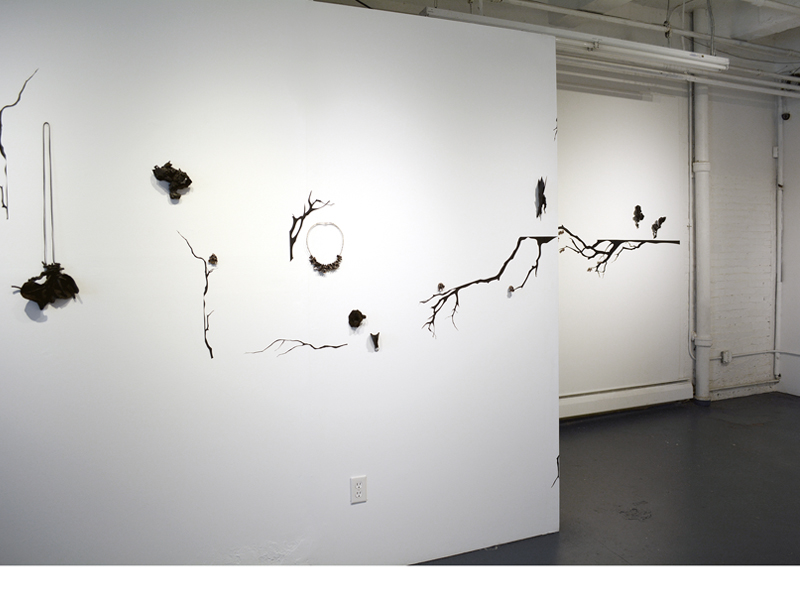
How do you foster critical dialogue among your colleagues? What do you think about the quality of critical dialogue within the field?
Erin S. Daily: “Critical dialogue,” if done properly, with consideration, on an ongoing basis, simply becomes conversation. The main driver behind BKMW is to build and foster community, in which these types of exchanges happen as a matter of daily interactions. By default we engage in these conversations regularly, and encourage others to do so, too. It is a happy day when someone drops in and we can spend some time discussing their work or their research and how it pertains to the field as a whole. This is the best and most effective way to facilitate true dialogue.
In a more official capacity, we have been hosting “Skill Sessions” several times a year to help define current topics of discussion. These conversations take articles that are posted online and bring them into the real world by talking about them in person. The organizational structure of this group is fluid, though Timothy Veske-McMahon has been instrumental in making this effort come to fruition.
What challenges do you see for the metalsmithing field ahead? And how will Brooklyn Metal Works respond to these?
Brian Weissman: In NYC specifically, I fear that there will be no spaces for artists to work. Rising rents combined with the practice of tearing down commercial buildings and replacing them with residential apartments will only continue to squeeze artists financially and restrict them geographically. Providing safe and affordable studio space was one of our initial reasons for opening, and in the last five years things have gotten out of control, especially in Brooklyn. There is no protection for commercial leases, and we have had several friends lose their studio spaces because landlords just decided they would double the rent or tear down the building to build a hotel or luxury condos. We are in the process of looking for a new space or securing more space in our current building. But as for metalsmithing in general, it’s over 5,000 years old, it’s fine! It will continue to diversify and change for better and/or worse.
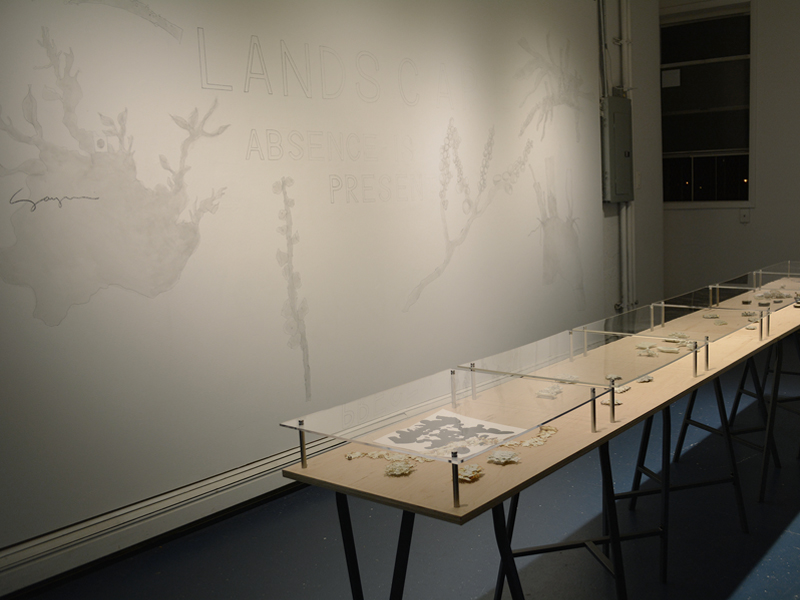
What are the key things that you would like to develop over the next four years?
Erin S. Daily: From the beginning, we have always wanted to have an artist-in-residence program. This idea is near and dear, although it hasn’t materialized just yet. We want to ensure that the program can exist to benefit artists in the most productive manner. We will most likely put together a fundraiser of sorts to get the program off the ground once we are closer to realizing this dream.
Specific Gravity is our new online retail shop, curated from the artists working at the BKMW studio. This is different from our gallery in that here we are mostly focused on fine jewelry, both production and one-of-a-kind pieces. We are in the process of putting it all together and giving it the promotion and love that it needs. Our intention is to start with pop-ups and possibly settle into a brick and mortar location someday.
We are always looking to expand cooperative relationships with other groups and institutions and hope to develop more creative projects that take us off site and into NYC and beyond.
Brian Weissman: We have so many long- and short-term plans that it makes me anxious. We are developing a core curriculum, we are building more relationships with other institutions and groups, and we are looking to offer grants and scholarships, and maybe even host a symposium. Time is moving so quickly these days, and we have so much to do. It makes it hard to sit still.
Thank you for the opportunity to do this interview—and now we’ve got to get back to work!
Thank you!

INDEX IMAGE: Erin S. Daily and Brian Weissman, 2015, photo: Kamal Nassif




